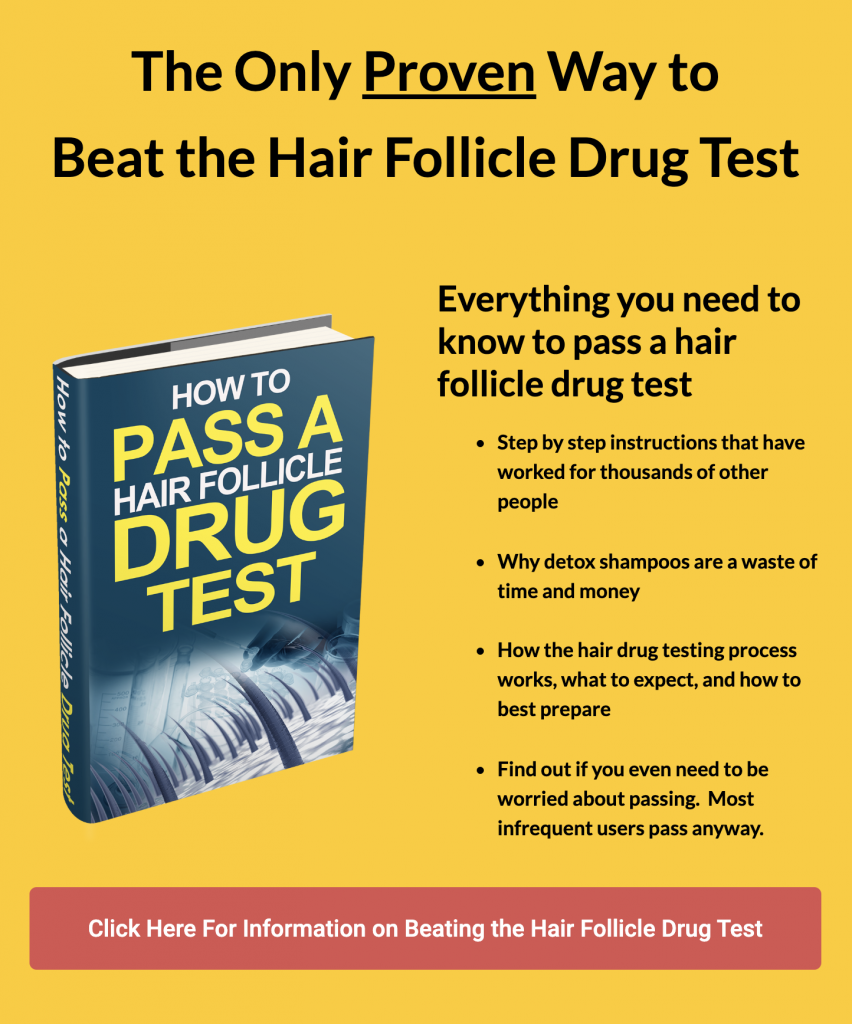One of the key questions people need to understand is, “How Do Drugs Get Into My Hair?”
It seems sort of strange that a joint you smoked two weeks ago can be found via testing your hair. Urine, that makes sense. Saliva, again, it makes sense. But how do drugs get into my hair?

Learn How to Pass a Hair Follicle Drug Test
There is only one hair treatment method that has consistently produced "Passes" on the hair drug test and we want to show you how you can pass your test too.
The process starts when you ingest the drug. Depending on the type of drug, you may be smoking it, eating it, snorting it, injecting it, etc. The method of introduction to your body is irrelevant as they are all simply ways of taking a substance and getting it into your bloodstream.
Once in your bloodstream, the body attempts to metabolize the drug. This involves chemical-level changes to the active ingredient in the drug. This creates what is called a metabolite, which is essentially a byproduct of the drug resulting from the body trying to process the drug.
In the case of marijuana, the active ingredient is THC (tetrahydrocannabinol). As part of the metabolism process, the liver turns THC into the metabolite, THC-COOH.
Contrary to popular belief, most drug tests are not testing for THC. They are testing for THC-COOH. This is why drug testing labs claim that incidental contact with drugs – contact where the drugs did not enter one’s bloodstream – cannot give a positive test result.
So, how do drugs get into my hair?
As the drug metabolites are circulating through the body, the interface with the hair papilla and some of the drug metabolites enter the hair papilla.
Once the metabolites enter the hair papilla, they attach to the hair follicle, and they are pushed past the scalp as part of normal hair growth.
As the hair grows, the metabolites, now embedded in the hair, get pushed farther and farther away from the scalp.
This is why drug testing labs claim that they can accurately test for drug usage up to three months (90 days) prior. Given that the hair grows, on average, at a rate of .5 inch per month, 1.5 inches gives them a 90 day window.
This is not 100% accurate for every individual though as some people’s hair grows faster or slower than the .5 inch per month average. In fact, hair on one’s head can grow at a different rate than hair on their arms or their face.
Essentially, 90 days is a somewhat imprecise window that is touted as being highly accurate by drug testing labs.
So why don’t drug testing companies test more than 1.5 inches and show drug usage going back years? The problem with testing farther back than 90 days is that drug metabolites can become unstable over time. That means that the THC metabolite THC-COOH breaks down into other compounds given enough time and exposure to various other factors (i.e. UV radiation like that from the sun).

